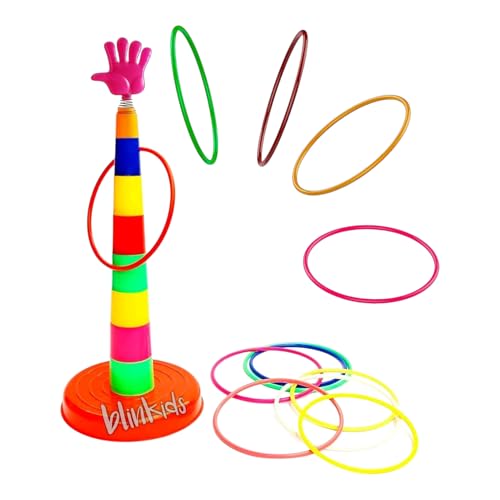Choosing the Perfect Ring Game Setup
Selecting the ideal ring toss game requires careful consideration of several key factors that influence gameplay quality and participant enjoyment. The playing surface, ring materials, target configuration, and distance requirements all contribute to the overall gaming experience. Indoor setups typically favor compact designs with softer materials to prevent damage, while outdoor configurations can accommodate larger, more robust equipment designed to withstand weather conditions.
Ring material selection significantly impacts gameplay dynamics. Traditional rope rings offer authentic carnival feel and moderate difficulty levels, while rubber rings provide consistent weight distribution and durability. Plastic rings are lightweight and colorful, making them ideal for younger players, whereas metal rings offer precision throwing characteristics preferred by serious competitors. The target system should match the intended skill level, with wider pegs for beginners and narrower targets for advanced players seeking greater challenges.
Space considerations play a crucial role in setup planning. Standard ring toss games require approximately 6-8 feet of throwing distance, though this can be adjusted based on player age and skill level. Safety zones around the playing area ensure participant protection, while proper lighting enhances visibility for accurate throwing. Consider portable versus permanent installations based on usage frequency and storage requirements.



